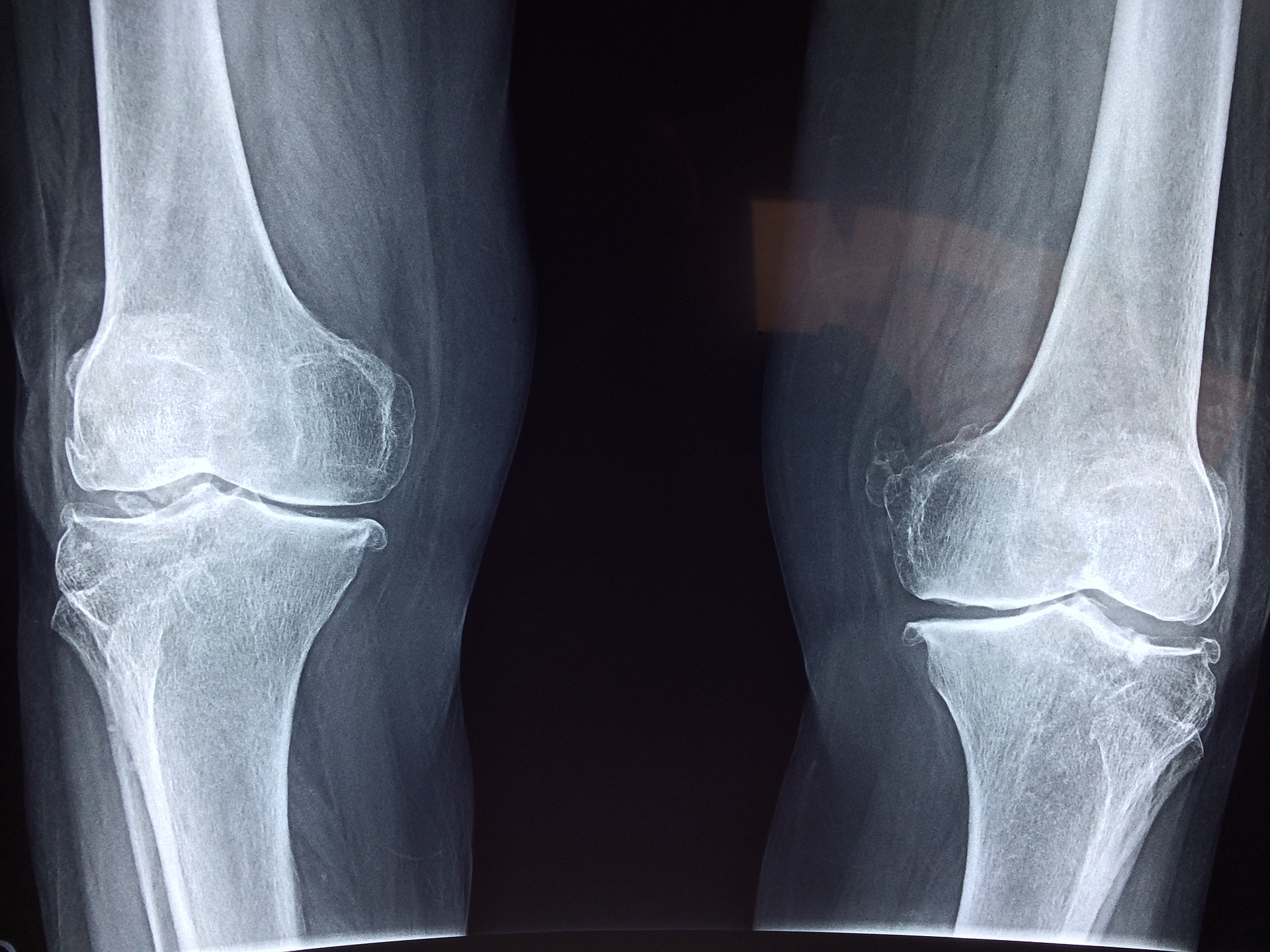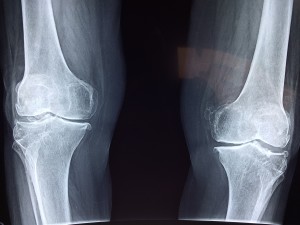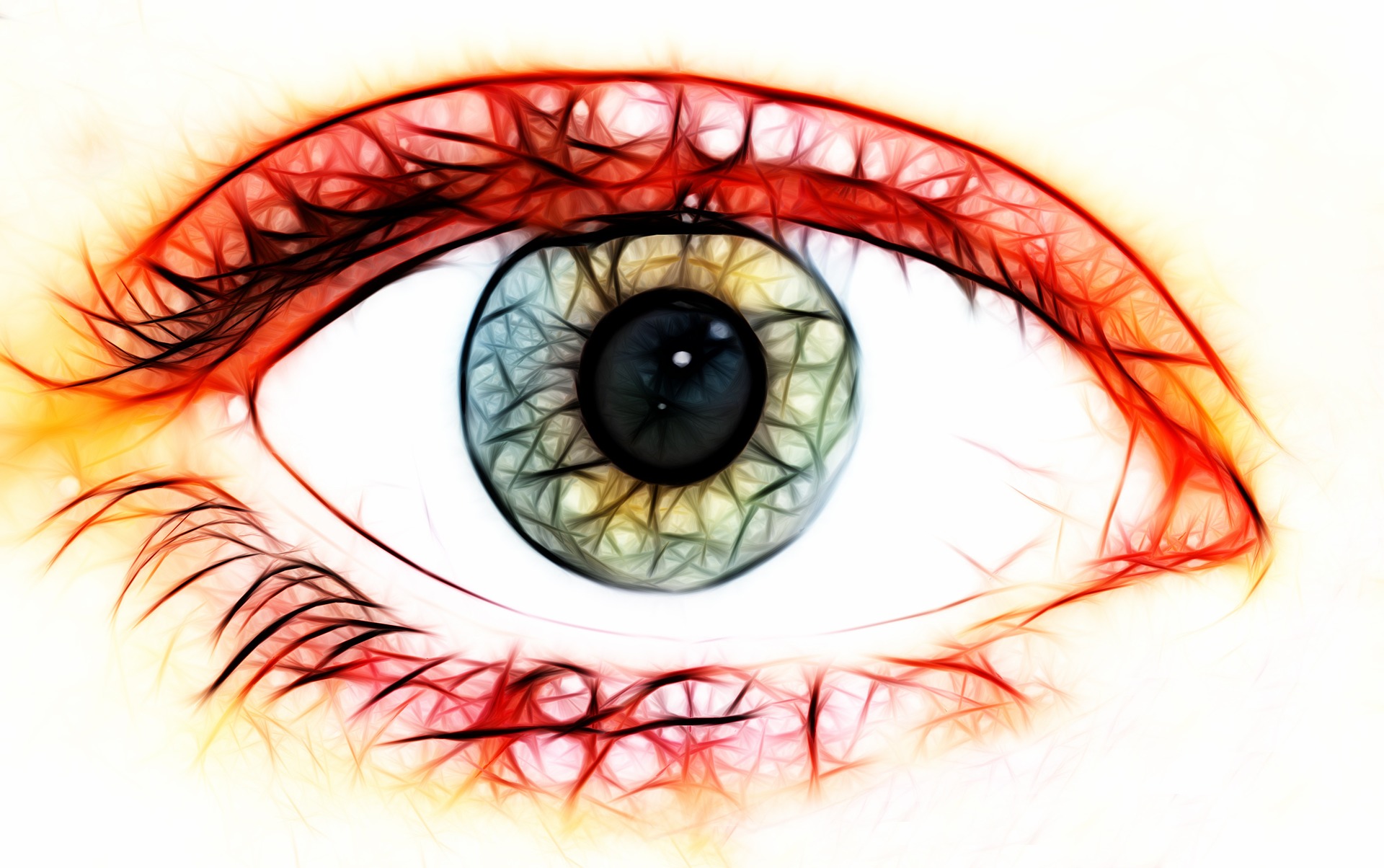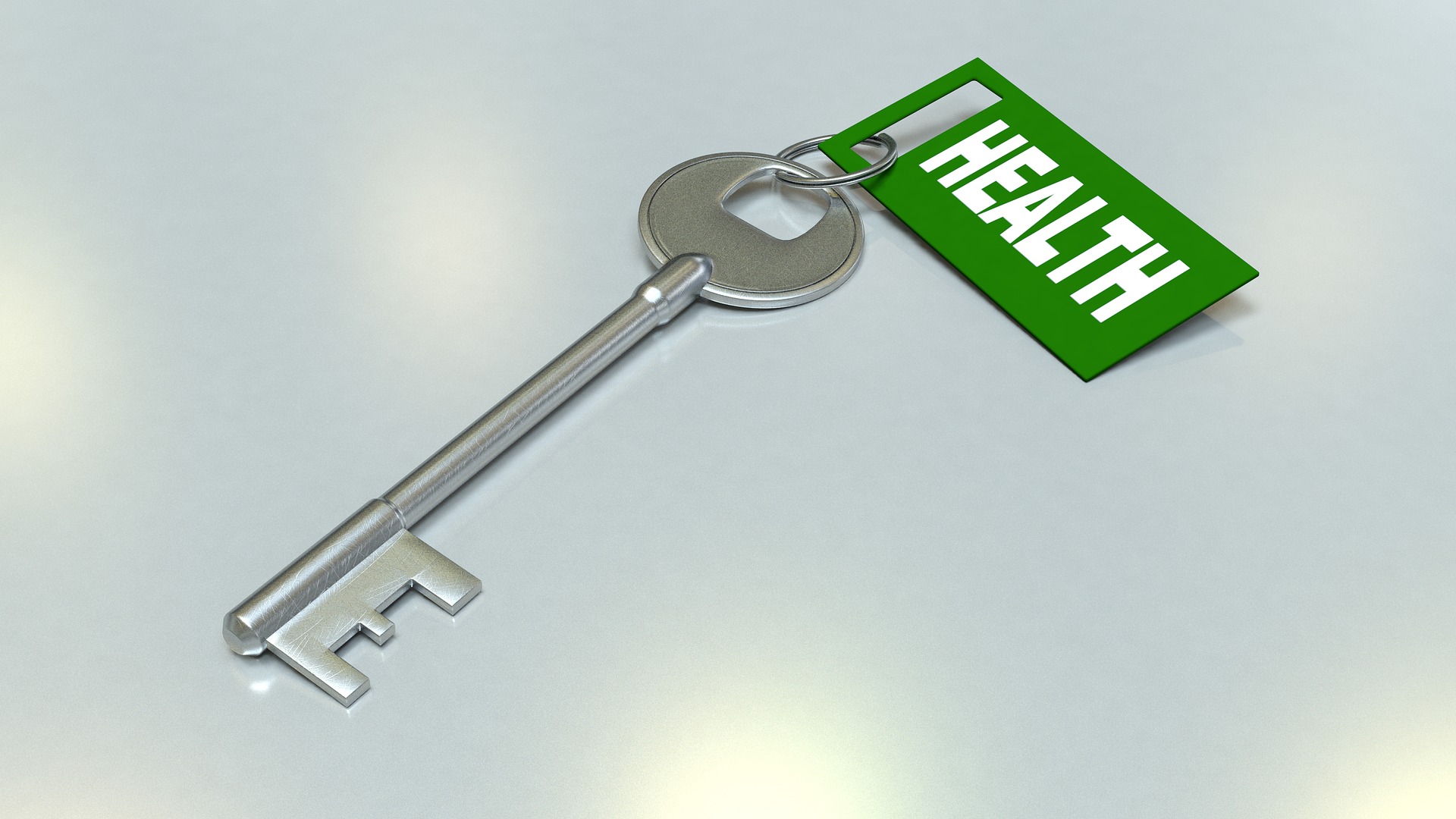
SICKLE CELL AND AVASCULAR NECROSIS
Avascular necrosis (AVN) is the death of bone tissue due to a lack of blood supply. AVN of the femoral head is a common complication in patients with sickle cell disease (SCD). Sickle cell disease (SCD) is complicated by widespread tissue and organ damage, including avascular necrosis (AVN) of the bones. Common sites of AVN include the shoulders, knees and hips, which often causes severe pain and limited joint function, leading to surgical treatment. Although common, the prevalence of symptomatic AVN and optimal management for this disease has not been well defined.
Symptoms
Many people have no symptoms in the early stages of avascular necrosis. As the condition worsens, your affected joint might hurt only when you put weight on it. Eventually, you might feel the pain even when you’re lying down.
Pain can be mild or severe and usually develops gradually. Pain associated with avascular necrosis of the hip might center on the groin, thigh or buttock. Besides the hip, the areas likely to be affected are the shoulder, knee, hand and foot.
Some people develop avascular necrosis on both sides (bilaterally) — such as in both hips or in both knees or both shoulders.
What causes avascular necrosis (AVN) in a person with sickle cell disease?
Sickle cell disease is a disorder that causes red blood cells to become sickled (banana-shaped), as well as sticky and rigid. These sickle cells can block blood flow in small blood vessels of the body. When blood flow is blocked in vessels that supply bone, the bone does not get enough oxygen and the bone tissue may die. Avascular necrosis (ay VAS kyoo ler neh KROW sis) results from the temporary or permanent loss of blood supply to the bone in the hip or shoulder joint. This loss of blood causes narrowing of the joint and collapse of the bone. AVN can affect a single joint or more than one joint at the same time.
What are some symptoms of AVN in a person with sickle cell disease?
In the early stages of AVN in the hip, patients may not have any symptoms. As the disease progresses, most patients have joint pain. At first, the pain happens only when putting weight on the affected joint, but later the person feels pain even when resting. Pain usually develops gradually and might vary from mild to severe. Pain may develop quickly over weeks or increase slowly over months or years.
What is the best way to manage avascular necrosis?
There are several treatments that can help to relieve pain. Physical therapy and exercises may be recommended, (muscle strengthening exercises and non-joint range of motion exercises). In severe cases, surgery for “decompression” of the femur bone or replacement of the joint may be recommended.
Surgical procedures that help AVN
Core Decompression – Core decompression is a surgery that removes the inner layer of bone. This may reduce pressure within the bone and create an open area for new blood vessels to grow. Sometimes a piece of healthy bone with good blood vessels is put into this area to speed up the process. This procedure works best in the earliest stages of AVN. It should help to relieve pain as well as promote some healing. After a core decompression, your child should not put a lot of weight on that bone for several weeks while it heals. The therapist will teach your child how to use crutches.
Osteotomy – An osteotomy is a surgery that involves taking out a piece of bone, usually a wedge, to reposition the bone. This allows the area with blocked blood vessels to bear less weight than a healthy area next to it. A lengthy recovery period is needed after this surgery, and activity will be limited for 3–12 months.
Arthroplasty – Arthroplasty is sometimes called a joint replacement. The diseased bone is removed and replaced with artificial parts. This treatment may be needed in the late stages of avascular necrosis and when the joint is destroyed.
What can I do to help?
- Take pain medicines and medicines to reduce swelling (anti-inflammatory medicines) as prescribed.
- Tell the doctor or health care team if your child has joint pain or limping.
- If physical therapy is recommended, follow the instructions of the therapist to improve joint health.
- When recommended, have the joint examined and treated by an orthopedic (bone) surgeon.
Complications
Untreated, avascular necrosis worsens with time. Eventually, the bone can collapse. Avascular necrosis also causes bone to lose its smooth shape, potentially leading to severe arthritis.
www.stjude.org
www.mayoclinic.org
http://www.bloodjournal.org








I have this presently right now in my right hip and I don’t know what to do about it. I am seriously praying for a miracle. I’m not even having the money to get a x-ray to check the latest development. Hope to meet you in person one day, Ms. Tola. Thank you
Hi Niyi, I hope you are well today. So sorry to hear that you are in such pain in your right hip. Niyi, I wrote about L-Glutamine, before this last article and if you are able to order it on Amazon or if you know someone who can help you order it, then please get hold of it; as it works. I look forward to meeting you one day soon. Take good care Niyi and wishing you well. Ms T